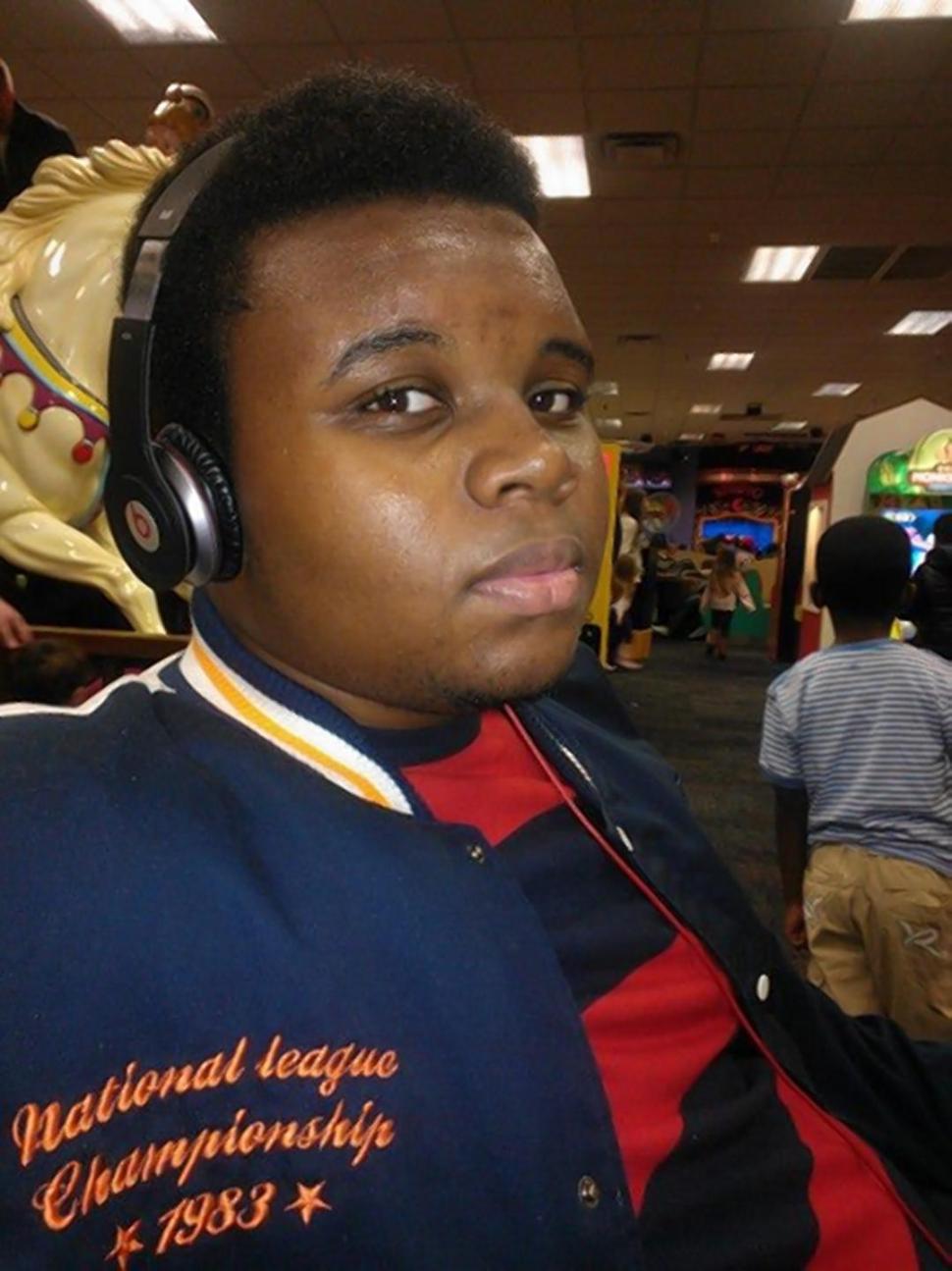
On Saturday, August 9, the national media began to report on an unarmed black teenager killed by the police in Ferguson, Mo., a small, predominately Black suburban St. Louis town. Michael Brown was an 18-year-old shot down two days before he was supposed to start college. The police officer who killed him is part of a law enforcement agency currently being investigated for civil rights violations. It’s the type of story the media should devour.
Yet by Monday morning, the national coverage was dominated not by hard-hitting reporting of how a weaponless young man walking down the street could be shot multiple times by law enforcement, but of scenes of Black residents looting items from store shelves and a burned-out convenience store set aflame by rioters in response to the teen’s killing.
The coverage since Monday has obsessed about the rioting. Nearly every story I saw about Brown’s death yesterday led with unidentified Black men and women grabbing loot, not with photos or video of Brown or his grieving family, or of the peaceful protests outside the Ferguson law enforcement building.
As a journalist, I get it. The images of the rioting were gripping. But coverage of the riots should not overshadow the cause of the riots. The real story has taken a backseat to the sensational.
A young Black man lost his life in a confrontation with police under very controversial circumstances. Ferguson is policed by a nearly all-White police force. This context has been missing in too many of these stories. And in the eyes of many people commenting on social media, this type of reporting has rendered the destruction of property more important than the destruction of Black life.
Our nation has long history of riots in impoverished Black communities after instances of perceived police brutality and misconduct. It also has a long history of mainstream media sensationalizing them. In 1968, the Kerner Commission, a panel convened by President Lyndon B. Johnson to study the causes of three years of urban riots, released its report. It called out mainstream media’s role in stirring the flames:
“We have found a significant imbalance between what actually happened in our cities and what the newspaper, radio and television coverage of the riots told us happened,” the commission wrote. The media ‘sensationalized the disturbances, consistently overplaying violence and giving disproportionate amounts of time to emotional events.’
Many of the inaccuracies of fact, tone and mood were due to the failure of reporters and editors to ask tough enough questions about official reports, and to apply the most rigorous standards possible in evaluating and presenting the news. Reporters and editors must be sure that descriptions and pictures of violence, and emotional or inflammatory sequences or articles, even though ‘true’ in isolation, are really representative and do not convey an impression at odds with the overall reality of events.’”
Forty-six years later, we are repeating those mistakes.
The reporting thus far has offered no tallies of the destruction. We don’t know how many businesses were destroyed or looted, whether the destruction was limited or widespread. Were most of the Ferguson protestors participating, or just a few? Facts are always critical in reporting, but even more so in stories so rife with racial tension.
The anger in Ferguson is fueled by rumors that Brown was shot in the face, in the back, and that he’d had his hands raised in the air when law enforcement opened fire. Yet somehow, with all the national reporters on the ground in Ferguson covering the vandalism and looting, we still do not know basic facts about how this recent high school graduate ended up dead at the hands of police. We still do not know the name of the officer who killed Brown. We still don’t know why police stopped Brown in the first place. We don’t even know how many times the teen was shot.
What we have gotten, largely is the official police version of what happened: There was a confrontation, Brown tried to grab an officers gun, a shot was fired in the police car, Brown ran and a police officer shot him, according to St. Louis Police Chief Jon Belmar, “more than a couple of times.” The reliance on law enforcement to provide the official record of a shooting it was involved in is highly problematic. Over and over again, we’ve seen the first reports on police shootings contain errors or just be plain wrong. For instance, in the July death of Eric Garner in New York, an internal police report did not mention the chokehold used on Garner and said that Garner was not in “great distress.” Video of the incident, which surfaced after police wrote the report, showed not only officers using a chokehold, but Garner yelling that he couldn’t breathe before going completely still.
Good reporting could deepen the sense of injustice felt in Ferguson and across the nation, or could explain that which at this point makes no sense.
The shooting happened in a street in the daytime. There is also cell phone video. Good reporters are adept at getting law enforcement to talk off the record. The coroner should have examined Brown’s body by now. There are witnesses. This morning, MSNBC published a devastating interview with the friend who was with Brown at the time.
If the media weren’t so focused on images of lawlessness, we’d know more about this case. Far more important than the spontaneous outbursts of angry people is the potential story of official misconduct and racially biased policing that ended in a death. Reporters should be demanding answers. A kid lost his life. What story is more important than that?